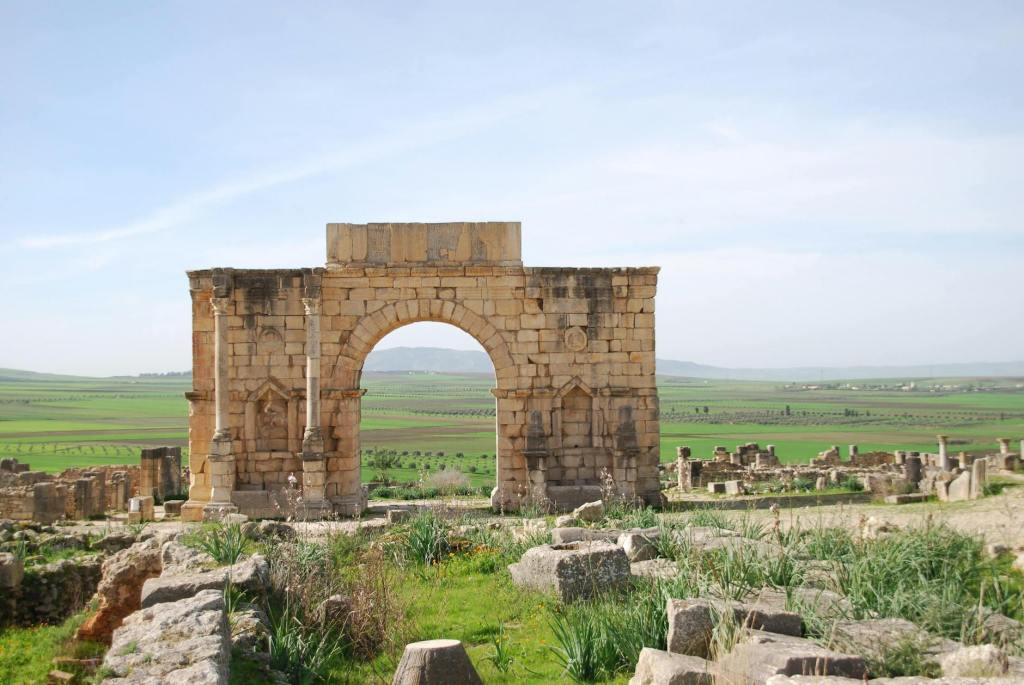Authors: Mahi Arya (25A01E) and Kam Hin Shing (25S06G)
Editor: Lim Zi Suan Rochelle (25A01D)
UNESCO World Heritage Sites (WHS) are one of the most important designations today. Simply being declared a WHS can have innumerable positive economic impacts for a country, especially for lower-developed countries (LDCs) that can generate greater revenue from tourism. A UK national commission found that association with UNESCO generated almost £10.8 million in 2015. The ancient town of Hoi An saw an annual economic growth of 13 per cent after its WHS listing, with tourism contributing more than half of the revenue.
In Hoi An, WHS listing created employment opportunities lifting residents’ income levels due to the influx of tourists. In any WHS, these tourists boost the hospitality industry, creating job opportunities in hotels, restaurants etc… For LDCs such as Vietnam, this can decrease unemployment and generate much-needed economic revenue. To accommodate the expansion of tourism in the nation, the government has to invest in improving critical infrastructure such as roads and airports. This can be a net positive for all.
However, the WHS designation can be a double-edged sword for a country’s economy and environment. Bali is a prime example. Known for its traditional dance, sculptures and more, the province attracted around 5.3 million visitors in 2023. While the surge in tourism significantly boosted the country’s economy, it also led to the uncontrolled development of infrastructure to meet the growing tourist demand. Many of these unregulated projects disregarded the environment, causing deforestation and farmland destruction.
The increase in the number of tourists also caused security issues. Multiple misbehaving tourists intruded on sacred sites, brawled with locals and robbed fellow tourists. This led to the local government deploying tourism police officers alongside the existing police force.
To mitigate these challenges and protect Bali for future generations, its government must take concrete actions, such as implementing zoning regulations, promoting responsible tourism practices and stepping up enforcement.
We must acknowledge that some WHS are much easier to manage than others. Sites such as the Grand Canyon boast natural resilience, making maintenance simple. On the other hand, the Chinese government spent a staggering USD 64 million to protect 50 metres of the 21196 kilometres long Great Wall of China as urban development continues.
The Great Wall highlights the financial strains of managing WHS on governments’ budgets. UNESCO requires local authorities to properly maintain their WHS or risk it being potentially delisted as a WHS. In addition to protecting WHS from urbanisation, governments face challenges like climate change and war. Governments are forced to spend millions on the conservation of WHS due to climate change hoping to maintain the WHS designation. In regions ravaged by war, belligerents will prioritise their military objectives over the protection of WHS. This leads to relentless bombings, looting and other violent actions that damage WHS. Post-war efforts to rebuild these sites will leave a hefty bill.
In conclusion, we believe that a WHS listing’s positive economic benefits cannot be ignored, however, a certain balance must be achieved between maximising economic impact and the risk of over-tourism. One country that has worked to achieve such balance is Croatia, which houses the Old City of Dubrovnik, a WHS. Its WHS declaration led to an influx of tourists. By 2015, the toll of the listing was clear. Over-tourism led to a rising cost-of-living crisis and gentrification, decreasing locals’ quality of life. To combat this problem, the site, in conjunction with UNESCO, came up with a management plan to protect the Old City from further damage. One measure introduced was traffic management by installing turnstiles at the entrances of the City to restrict the number of tourists to a manageable figure that would help combat the risks of over-tourism.
By following Croatia’s example, countries can work together with UNESCO to implement frameworks that manage economic interests and risks of over-tourism. Only when this balance is achieved will we see a sustainable future for WHS sites with benefits for all stakeholders involved.

Leave a comment